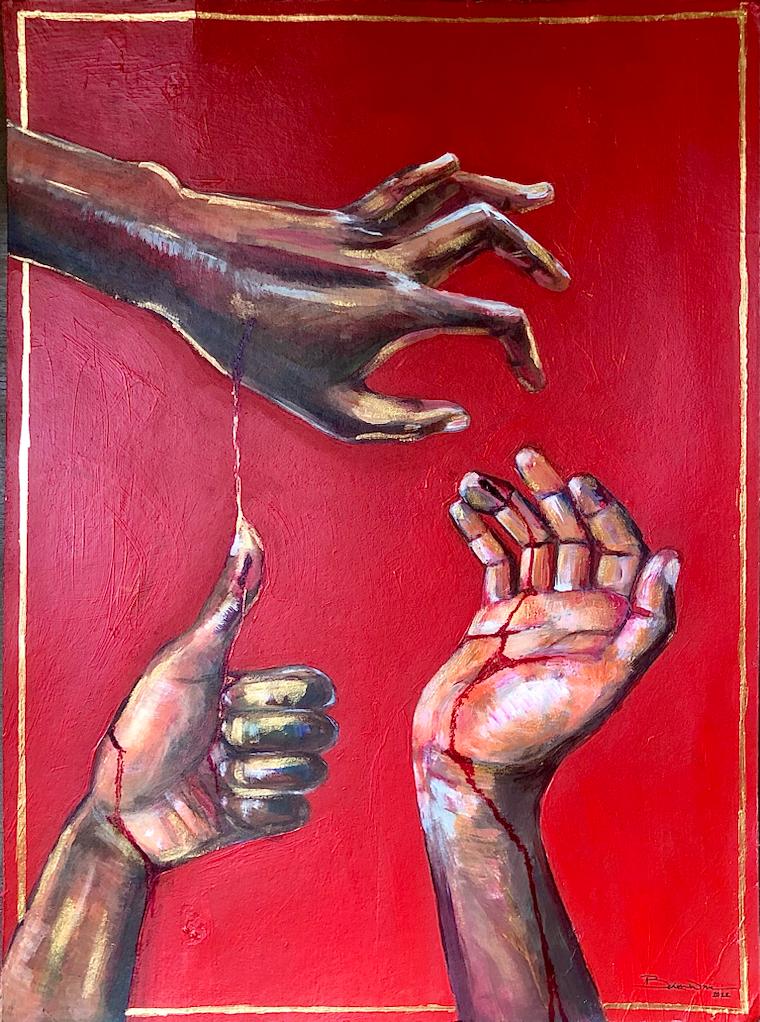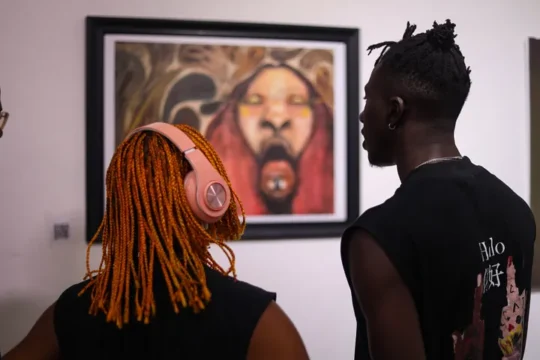The Illusion of Objectivity: Challenging Conventions through Subjective Art forms

Through its profound ability to reflect truth and reality, art has always fascinated me. Examining a piece of art allows me to gain insight into the mind of the artist and form my interpretations objectively. However, I discovered over time that the concept of objectivity in art is not always as straightforward as it seems. I have come to appreciate how subjective art forms challenge the established conventions, offering fresh perspectives that engage viewers on a deeply personal level that challenges them to grow, whether by expanding or confirming their own internal worldviews or by challenging them to cast them aside in favour of new ideals. Recently, I have learned to break down some of the barriers that can be present in the art that exists all around us, including those of different styles and cultures. But first, we must examine the difference between looking and seeing.
To ‘look’ is to get an objective overview of our field of vision. Seeing speaks more to understanding. When we use the term “I see,” we communicate that we understand what something means. Some areas of learning, particularly psychology, and biology, help form the basis for understanding how we see. For example, the fact that humans perceive flat images as having a “reality” is very particular. In contrast, if you show a dog an image of another dog or even its reflection, it does not growl or wag its tail because it cannot perceive flat images as containing any meaning. You and I have developed the ability to “see” images.
In essence, there is more to ‘seeing’ than meets the eye. So where exactly do those differences lie? And how can they be used to deepen our understanding not just of art, but the world around us as a whole? We must first consider a cultural component in how we perceive any and all stimuli. “Seeing” is partly a result of cultural biases. For someone who grew up in a religious household and has a deep understanding of symbolism and iconography, a painting may evoke profound emotions and spiritual connections. In examining that work, the person may recognize subtle nuances, religious figures, and symbolic elements that draw inspiration from the Bible or another facet of the Christian lived experience thus engaging with the artwork on a deeply personal level. However, for someone with a different cultural background, the same work may be appreciated solely for its aesthetic qualities or may not resonate in quite the same way. The subjective lens through which we view art ultimately works to shape our perception and the depth of our connection to the artwork whether consciously or subconsciously, emphasizing the inherently subjectivity personal element present in interpreting the reading and interpretation of visual imagery.
.
The distinction described above, however, is not always clear-cut. Especially since the ‘perspective’ of a given work is to a large extent dictated by the Artist and left to viewers to either accept or reject in favour of their own personal conclusions Many artists like BEKINWARI navigate a middle ground, incorporating elements of both approaches into their works. By skillfully balancing the objective and the subjective, they create a dynamic interplay that engages viewers on multiple levels. Such artworks like ICHOR may employ realistic techniques while infusing them with personal meaning or evoke emotions through abstract forms that hint at identifiable elements. Pieces like these offer a rich tapestry where both the external world and the artist’s internal experiences intertwine.

In my artistic exploration, I used to firmly believe that objectivity in art held the key to capturing reality’s purest form, especially through the meticulous attention to detail in realism. However, as I delved deeper into the artistic realm, I discovered that every brushstroke and stroke of the pen carried the artist’s interpretation, even in the most realistic artworks. Embracing subjectivity in art, I found liberation and authenticity, appreciating the diverse perspectives and transformative power of artistic expressions. I came to recognize that while the allure of objectivity may entice with the promise of untainted truth, it is the inherent subjectivity that brings depth, meaning, and authenticity to art, weaving a rich tapestry of creativity.

